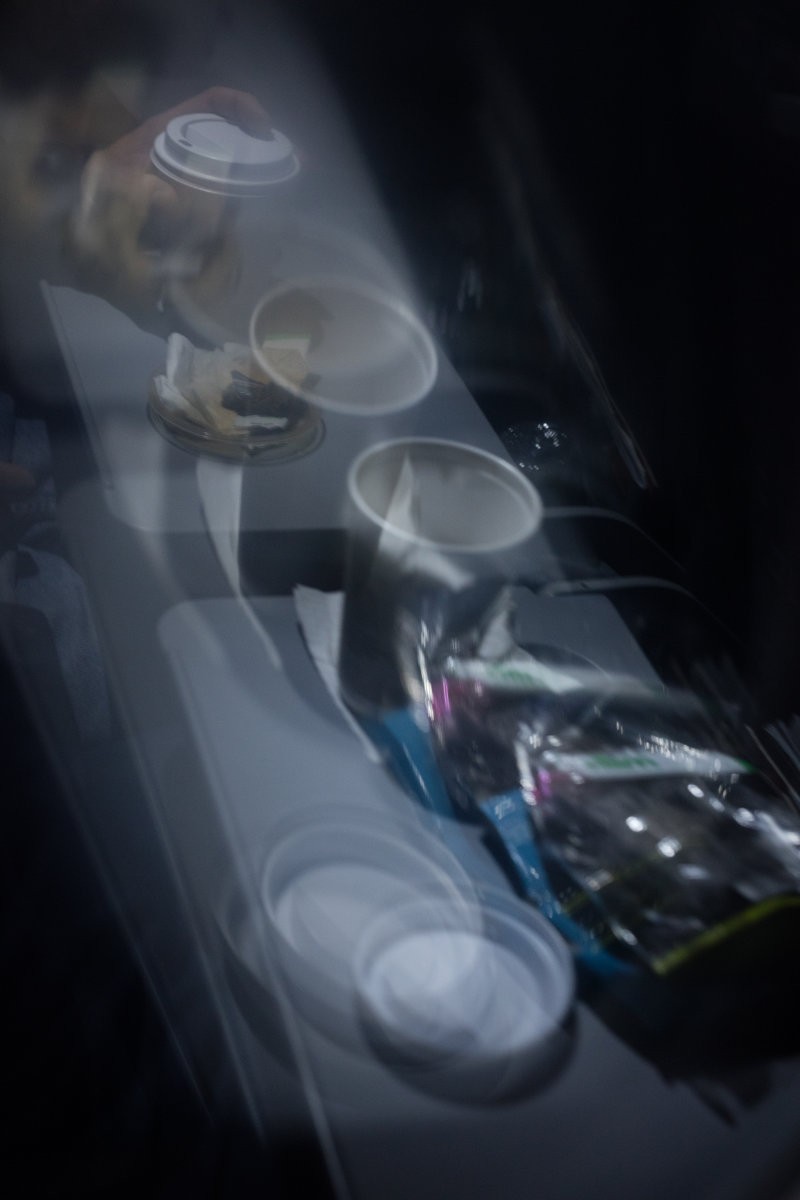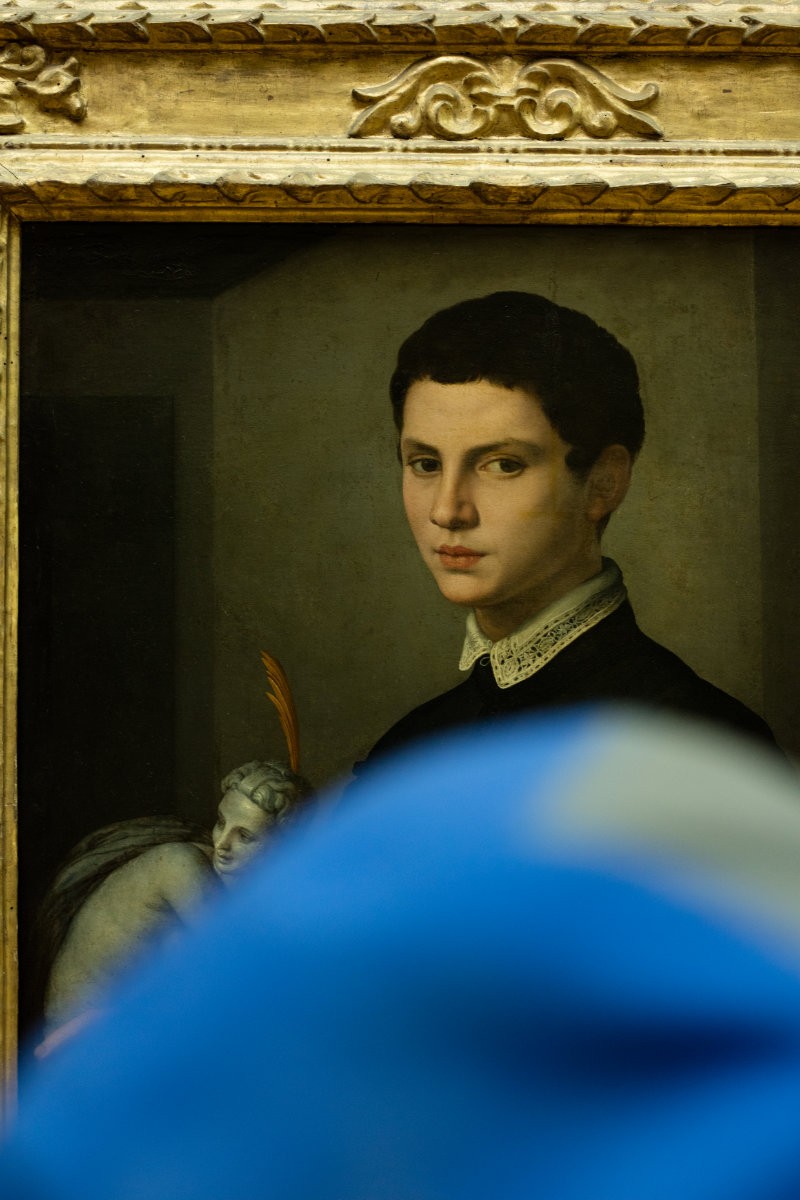Wolfgang Tillmans
Zwischen 1943 Und 1973 Lagen 30 Jahre. 30 Jahre Nach 1973 War Das Jahr 2003.
23 Sep - 12 Nov 2017
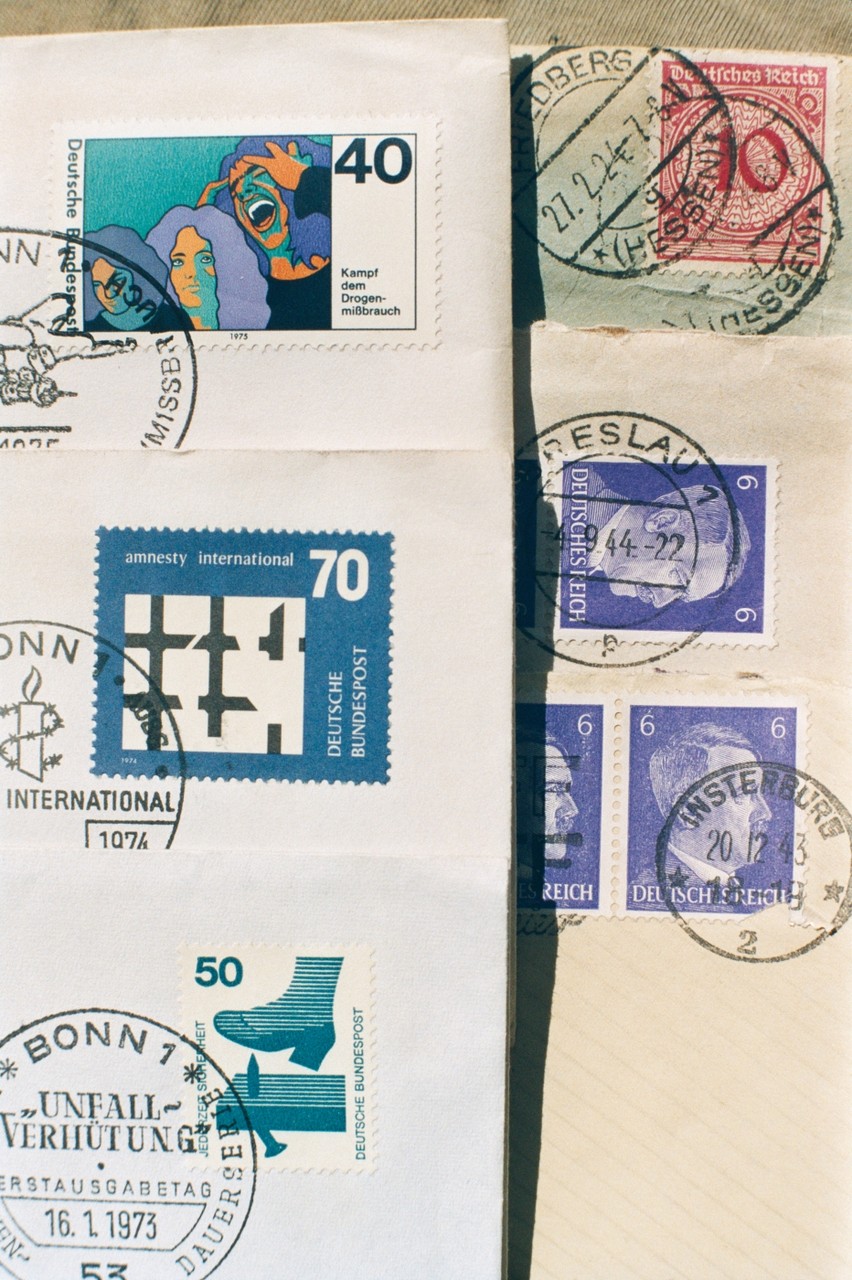
Wolfgang Tillmans: „There were 30 years between 1943 and 1973. 30 years from 1973 was the year 2003“, 2004. Installation view at Kunstverein in Hamburg, 2017. © Wolfgang Tillmans. Courtesy Galerie Buchholz, Berlin/Cologne, Maureen Paley, London, David Zwirner, New York.
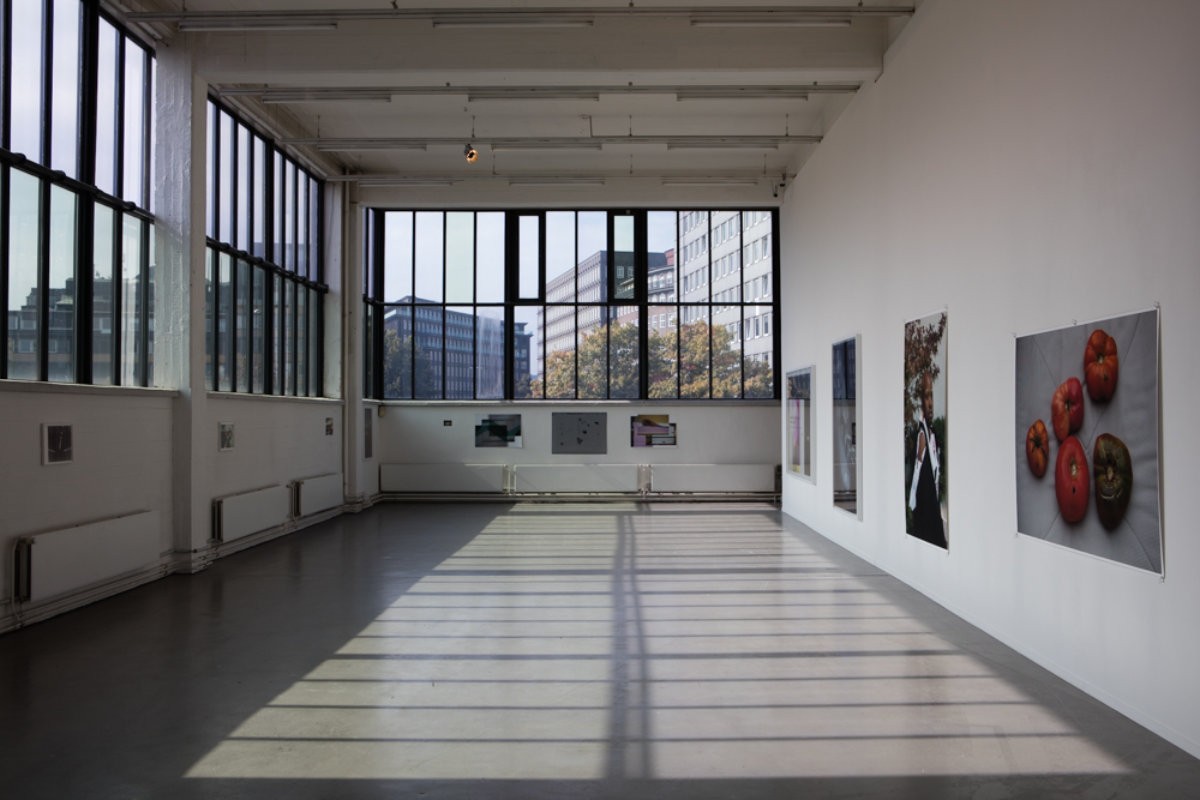
Wolfgang Tillmans: „There were 30 years between 1943 and 1973. 30 years from 1973 was the year 2003“. Installation view at Kunstverein in Hamburg, 2017. © Wolfgang Tillmans. Courtesy Galerie Buchholz, Berlin/Cologne, Maureen Paley, London, David Zwirner, New York
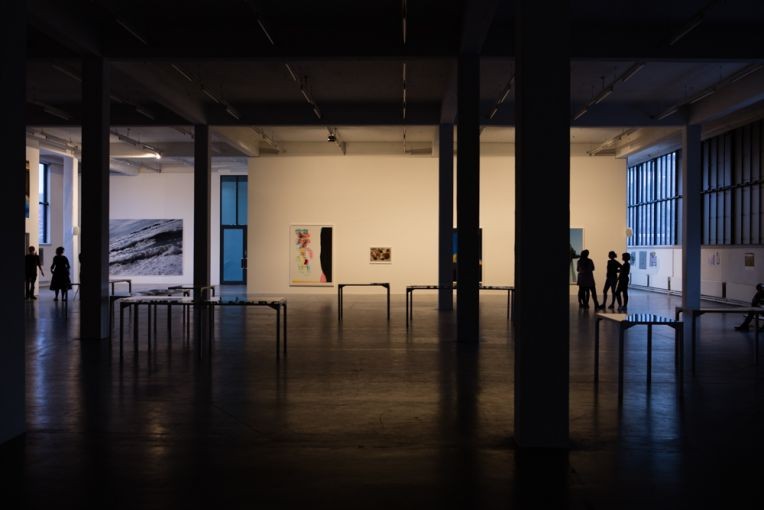
Wolfgang Tillmans: „There were 30 years between 1943 and 1973. 30 years from 1973 was the year 2003“. Installation view at Kunstverein in Hamburg, 2017. © Wolfgang Tillmans. Courtesy Galerie Buchholz, Berlin/Cologne, Maureen Paley, London, David Zwirner, New York
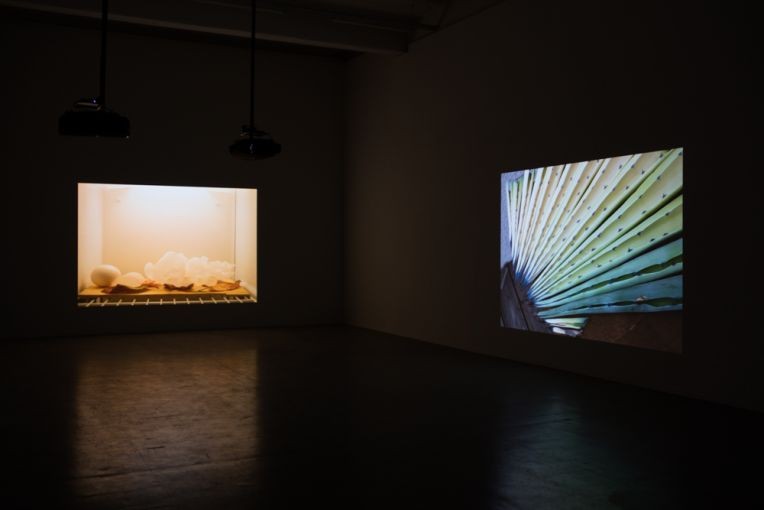
Wolfgang Tillmans: „There were 30 years between 1943 and 1973. 30 years from 1973 was the year 2003“. Installation view at Kunstverein in Hamburg, 2017. © Wolfgang Tillmans. Courtesy Galerie Buchholz, Berlin/Cologne, Maureen Paley, London, David Zwirner, New York
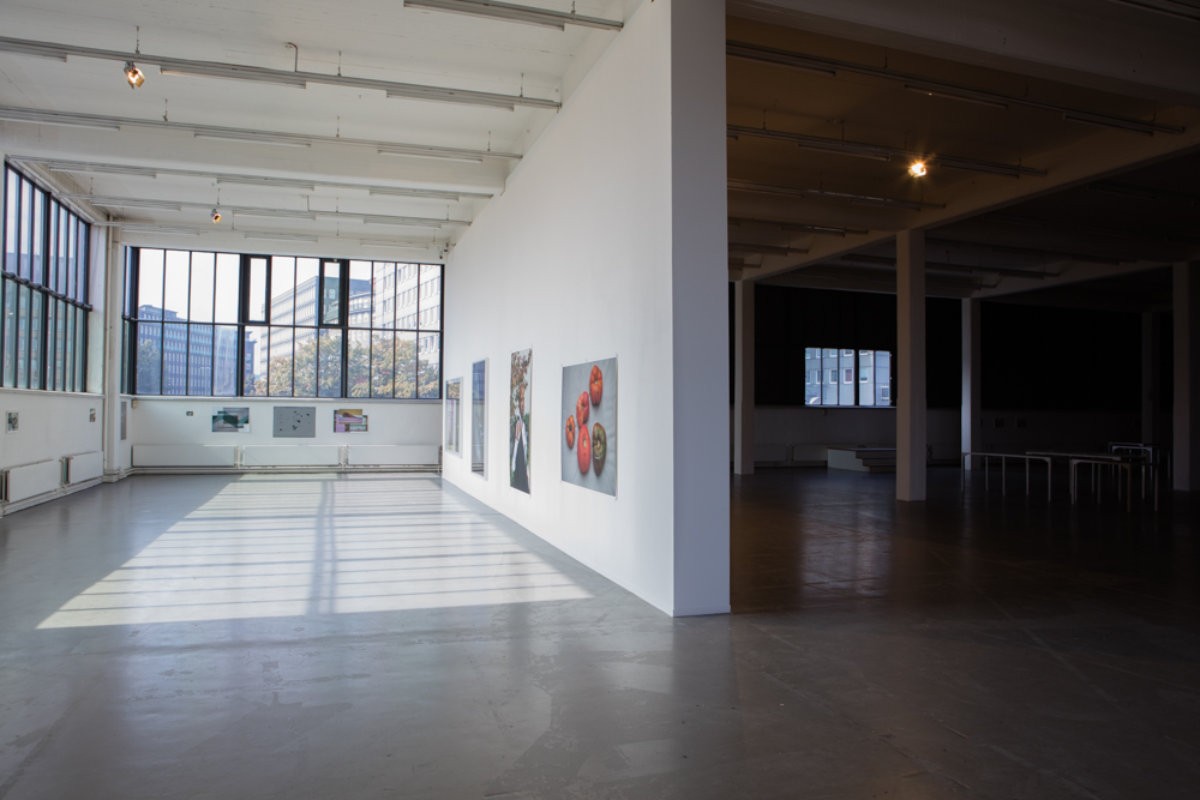
Wolfgang Tillmans: „There were 30 years between 1943 and 1973. 30 years from 1973 was the year 2003“. Installation view at Kunstverein in Hamburg, 2017. © Wolfgang Tillmans. Courtesy Galerie Buchholz, Berlin/Cologne, Maureen Paley, London, David Zwirner, New York
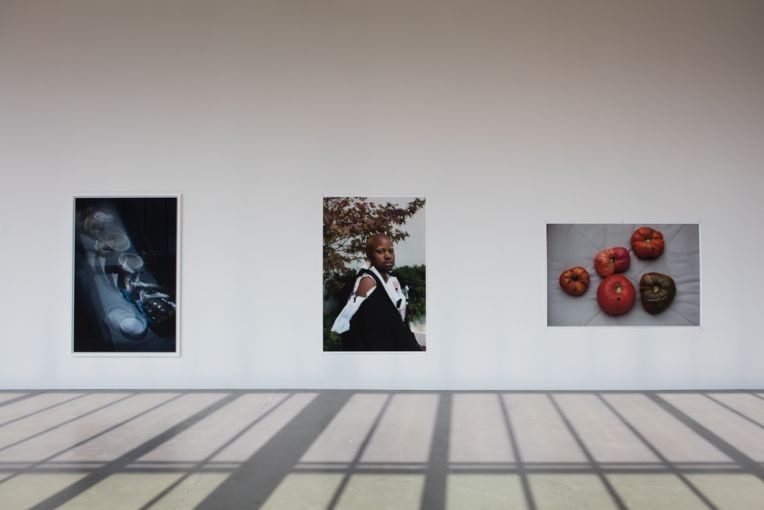
Wolfgang Tillmans: „There were 30 years between 1943 and 1973. 30 years from 1973 was the year 2003“. Installation view at Kunstverein in Hamburg, 2017. © Wolfgang Tillmans. Courtesy Galerie Buchholz, Berlin/Cologne, Maureen Paley, London, David Zwirner, New York
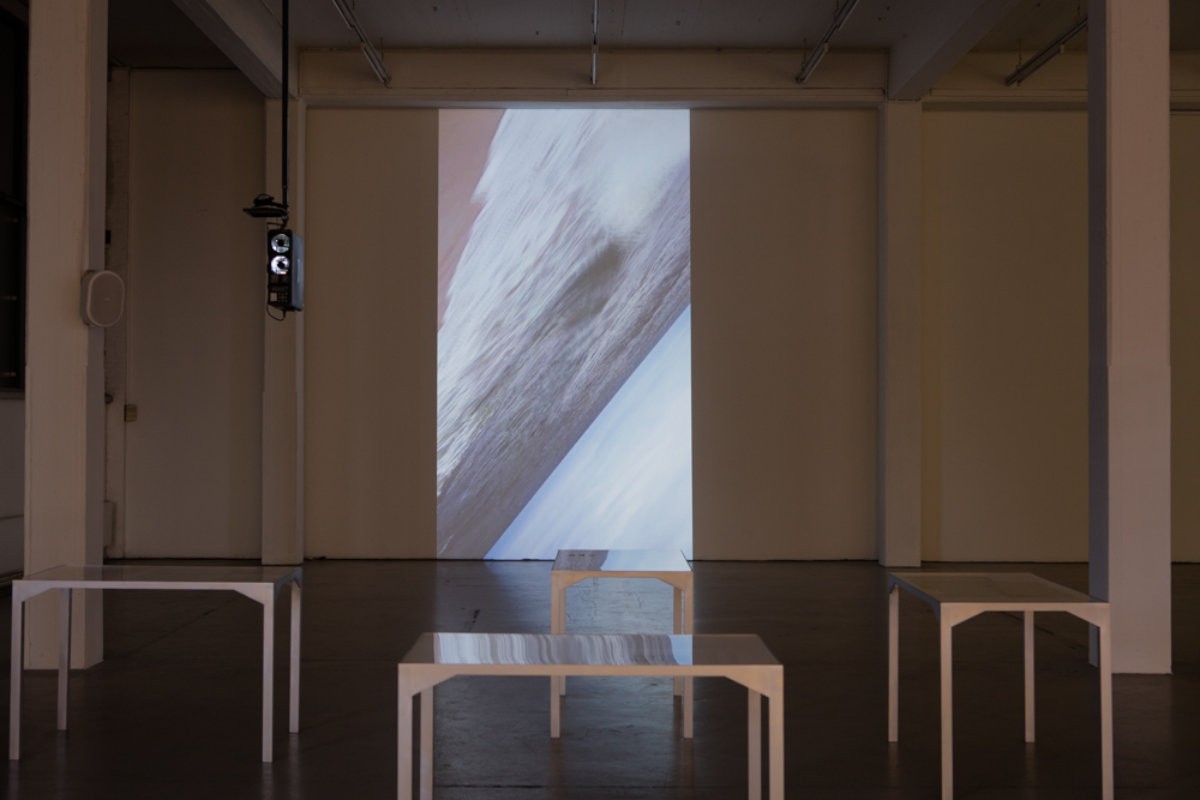
Wolfgang Tillmans: „There were 30 years between 1943 and 1973. 30 years from 1973 was the year 2003“. Installation view at Kunstverein in Hamburg, 2017. © Wolfgang Tillmans. Courtesy Galerie Buchholz, Berlin/Cologne, Maureen Paley, London, David Zwirner, New York
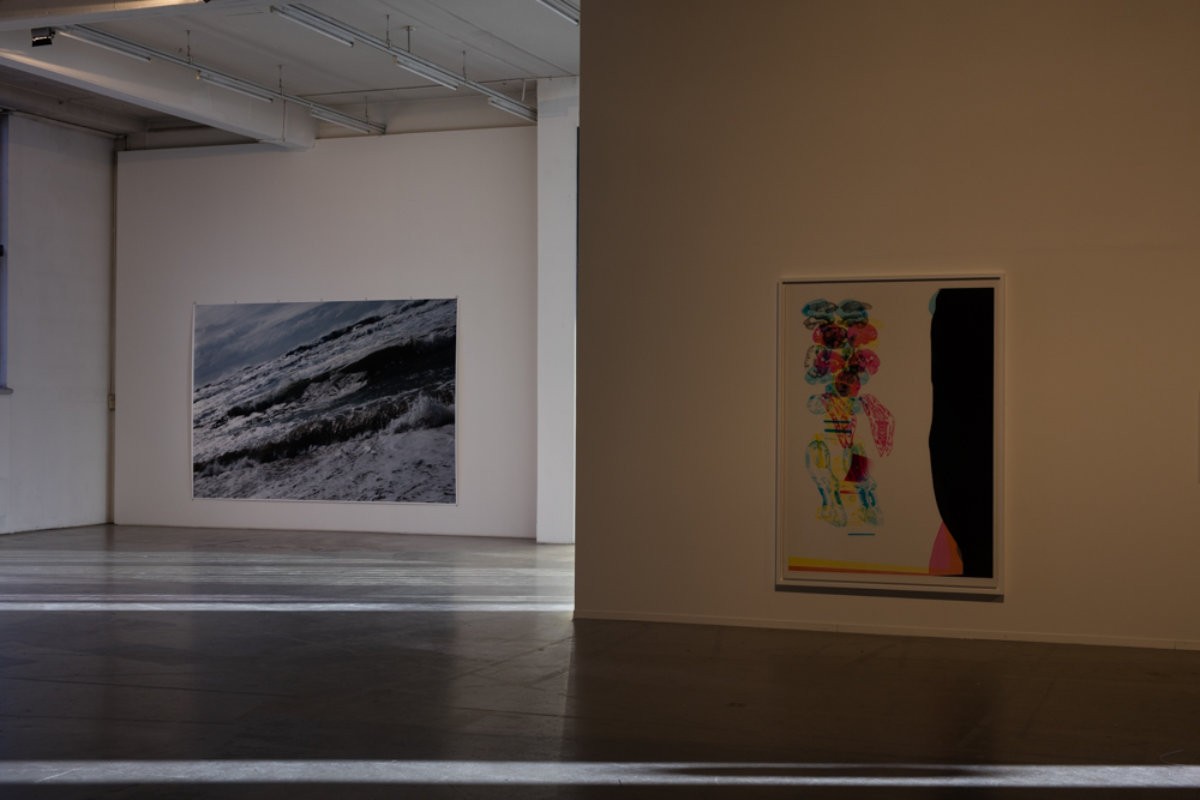
Wolfgang Tillmans: „There were 30 years between 1943 and 1973. 30 years from 1973 was the year 2003“. Installation view at Kunstverein in Hamburg, 2017. © Wolfgang Tillmans. Courtesy Galerie Buchholz, Berlin/Cologne, Maureen Paley, London, David Zwirner, New York
WOLFGANG TILLMANS
Zwischen 1943 Und 1973 Lagen 30 Jahre. 30 Jahre Nach 1973 War Das Jahr 2003.
23 September - 12 November 2017
On the occasion of its 200th anniversary, the Kunstverein in Hamburg presents a solo show by Wolfgang Tillmans (*1968, Remscheid, lives and works in Berlin and London) featuring a new work that, consistently developed from his art of the past 30 years, transfers the various aspects of his work and thought to a spatial whole, which for the first time is not predominantly supported by photography.
It makes sense to do so in Hamburg, where Wolfgang Tillmans exhibited for the first time at the Café Gnosa in 1988 and began his first professorship at the HfbK Hamburg in 1998, and where the Deichtorhallen showcased his first survey exhibition in 2001. Moreover, in 2016 Tillmans released his first musical work, the record 2016 / 1986 EP, whose first tracks were recorded 30 years ago after moving from Remscheid to Hamburg to do civilian service. In general, the number 30 plays a big role, since the artist looks back on 30 years of artistic work, discovering parallels and search movements, and recalling the different ways he perceived and positioned himself as an artist. After two large retrospective shows this year at Tate Modern, London, and the Fondation Beyeler in Riehen near Basel, Wolfgang Tillmans uses the format of the Kunstverein to reflect upon his status quo and that of society in a personal, but not autobiographical manner.
The title of the exhibition is taken from the work There were 30 years between 1943 and 1973. 30 years from 1973 was the year 2003 from 2004. The first two years can be seen on the stamps that are used as the motif of the invitation card and refer to two eras of German history: The German Reich and the old Federal Republic. For someone who was born in West Germany in 1968, these are milestones that accompanied and also defined one’s coming of age. They are dates that say a lot about present-day Germany, about where we stand today and for what reasons.
Tillmans has created an expansive installation for the Kunstverein in Hamburg that takes the special character of the old market hall as well as its urban context as a point of departure to newly articulate his sociopolitical engagement. As has become evident in his precisely staged exhibitions of the past years, space and sculptural thought are pivotal elements in Wolfgang Tillmans work and attain a new urgency here. He produced a 4-channel sound piece specifically for the Kunstverein, which is based on his observation that “when I stand in the large hall, I always distinctly hear the outside world, the streets and train tracks, precisely for the reason that I can’t see them due to the high windows, but only hear them.” The qualities of his photography are transferred to the media of sound and video, combined with the tables Truth Study Centre (Time / Mirrored) that are a continuation of the idea behind the exhibition title, the reflection of historical intervals, in individual sentences printed on paper. The presence of a smaller number of large-format photographs that haven’t been presented to date signal that the artist is not turning away from photography. Instead, the thought processes described above are also taken up in the questioning of his traditional medium. The individual components are not new, but the precisely choreographed spatial composition points to a different focus, in which both the past and present become the starting point of a social and political debate.
Sensitivity, openness and curiosity have always evoked the breaking apart of hierarchies and thought patterns in his oeuvre. He clearly expands this ambition with the more recent spatial posits, for what comes into play is a new urgency, of which the artist himself sets an example. The participation of everyone in the democratic process is communicated not only as something that is necessary, but also possible. The currently prevailing discomfort with one’s own actions, the question as to the consequences and the resulting embarrassment, but also honesty turn into impressive personal and political statements through his art.
Wolfgang Tillmans studied at the Bournemouth & Poole College of Art and Design from 1990 to 1992. The artist then lived in Hamburg, London, New York, and Berlin, and became well-known in the early 1990s for his style-forming photo portraits of friends and other young people in his immediate surroundings. These photographs established his reputation as a witness of current social movements. In the following years until today, he has expanded the medium of photography by large installations as well as by numerous innovations regarding images types and, above all, non-figurative photographs created entirely without optical lenses. Exhibitions at, among others: Serpentine Gallery/London, Kunsthalle Zürich, Moderna Museet/Stockholm, Kunstsammlung Nordrhein-Westfalen/Düsseldorf, National Museum of Art/Osaka, and The Metropolitan Museum of Art/New York. Wolfgang Tillmans was the first photographer to win the Turner Prize (2000) and he was also awarded the Hasselblad Prize (2015). He has held a professorship at the Städelschule in Frankfurt/Main between 2003 and 2008.
The exhibition is made possible through the kind support of the Department of Culture and Media of the Free and Hanseatic City of Hamburg, and the Winter Stiftung.
Zwischen 1943 Und 1973 Lagen 30 Jahre. 30 Jahre Nach 1973 War Das Jahr 2003.
23 September - 12 November 2017
On the occasion of its 200th anniversary, the Kunstverein in Hamburg presents a solo show by Wolfgang Tillmans (*1968, Remscheid, lives and works in Berlin and London) featuring a new work that, consistently developed from his art of the past 30 years, transfers the various aspects of his work and thought to a spatial whole, which for the first time is not predominantly supported by photography.
It makes sense to do so in Hamburg, where Wolfgang Tillmans exhibited for the first time at the Café Gnosa in 1988 and began his first professorship at the HfbK Hamburg in 1998, and where the Deichtorhallen showcased his first survey exhibition in 2001. Moreover, in 2016 Tillmans released his first musical work, the record 2016 / 1986 EP, whose first tracks were recorded 30 years ago after moving from Remscheid to Hamburg to do civilian service. In general, the number 30 plays a big role, since the artist looks back on 30 years of artistic work, discovering parallels and search movements, and recalling the different ways he perceived and positioned himself as an artist. After two large retrospective shows this year at Tate Modern, London, and the Fondation Beyeler in Riehen near Basel, Wolfgang Tillmans uses the format of the Kunstverein to reflect upon his status quo and that of society in a personal, but not autobiographical manner.
The title of the exhibition is taken from the work There were 30 years between 1943 and 1973. 30 years from 1973 was the year 2003 from 2004. The first two years can be seen on the stamps that are used as the motif of the invitation card and refer to two eras of German history: The German Reich and the old Federal Republic. For someone who was born in West Germany in 1968, these are milestones that accompanied and also defined one’s coming of age. They are dates that say a lot about present-day Germany, about where we stand today and for what reasons.
Tillmans has created an expansive installation for the Kunstverein in Hamburg that takes the special character of the old market hall as well as its urban context as a point of departure to newly articulate his sociopolitical engagement. As has become evident in his precisely staged exhibitions of the past years, space and sculptural thought are pivotal elements in Wolfgang Tillmans work and attain a new urgency here. He produced a 4-channel sound piece specifically for the Kunstverein, which is based on his observation that “when I stand in the large hall, I always distinctly hear the outside world, the streets and train tracks, precisely for the reason that I can’t see them due to the high windows, but only hear them.” The qualities of his photography are transferred to the media of sound and video, combined with the tables Truth Study Centre (Time / Mirrored) that are a continuation of the idea behind the exhibition title, the reflection of historical intervals, in individual sentences printed on paper. The presence of a smaller number of large-format photographs that haven’t been presented to date signal that the artist is not turning away from photography. Instead, the thought processes described above are also taken up in the questioning of his traditional medium. The individual components are not new, but the precisely choreographed spatial composition points to a different focus, in which both the past and present become the starting point of a social and political debate.
Sensitivity, openness and curiosity have always evoked the breaking apart of hierarchies and thought patterns in his oeuvre. He clearly expands this ambition with the more recent spatial posits, for what comes into play is a new urgency, of which the artist himself sets an example. The participation of everyone in the democratic process is communicated not only as something that is necessary, but also possible. The currently prevailing discomfort with one’s own actions, the question as to the consequences and the resulting embarrassment, but also honesty turn into impressive personal and political statements through his art.
Wolfgang Tillmans studied at the Bournemouth & Poole College of Art and Design from 1990 to 1992. The artist then lived in Hamburg, London, New York, and Berlin, and became well-known in the early 1990s for his style-forming photo portraits of friends and other young people in his immediate surroundings. These photographs established his reputation as a witness of current social movements. In the following years until today, he has expanded the medium of photography by large installations as well as by numerous innovations regarding images types and, above all, non-figurative photographs created entirely without optical lenses. Exhibitions at, among others: Serpentine Gallery/London, Kunsthalle Zürich, Moderna Museet/Stockholm, Kunstsammlung Nordrhein-Westfalen/Düsseldorf, National Museum of Art/Osaka, and The Metropolitan Museum of Art/New York. Wolfgang Tillmans was the first photographer to win the Turner Prize (2000) and he was also awarded the Hasselblad Prize (2015). He has held a professorship at the Städelschule in Frankfurt/Main between 2003 and 2008.
The exhibition is made possible through the kind support of the Department of Culture and Media of the Free and Hanseatic City of Hamburg, and the Winter Stiftung.

